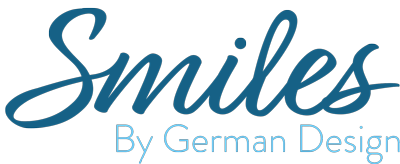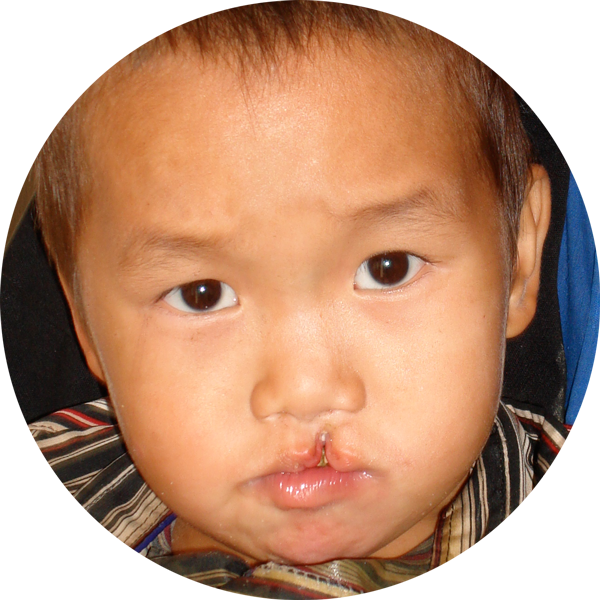Cleft Lip & Palate
CDC recently estimated that, each year in the United States, about 2,650 babies are born with a cleft palate and 4,440 babies are born with a cleft lip with or without a cleft palate.1 Isolated orofacial clefts, or clefts that occur with no other major birth defects, are one of the most common types of birth defects in the United States.
A cleft lip is a separation of the two sides of the lip. When the separation includes the bones of the upper jaw and/or upper gum, our team may be brought in for assistance.
A cleft palate is an opening in the roof of the mouth in which the two sides of the palate did not fuse as the baby was developing in the uterus. Cleft palate can occur on one side (unilateral cleft palate) or on both sides (bilateral cleft palate). Because the lip and the palate develop separately, it is possible for the child to have a cleft palate with or without an accompanying cleft lip.
Cleft palate is a congenital defect, or birth defect, which occurs early in pregnancy. The causes of a majority of cleft palates appear to be a combination of genetics and environmental factors.
The surgery to close a cleft palate is usually completed within the first year of life so that the child’s speech normally develops. Our office will coordinate treatment with the oral or plastic surgeon and with the speech pathologist for treatment.
Our practice creates the prosthetic device used to temporarily close the palate so the baby can feed and grow until surgery. We may also make a dental bridge to replace missing teeth or create special appliances called “speech bulbs” or “palatal lifts” to help close the nose from the mouth enabling speech to sound more normal.




